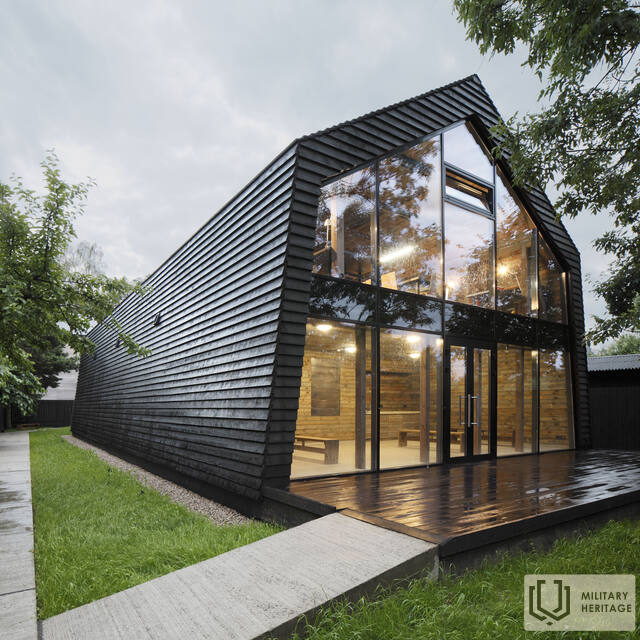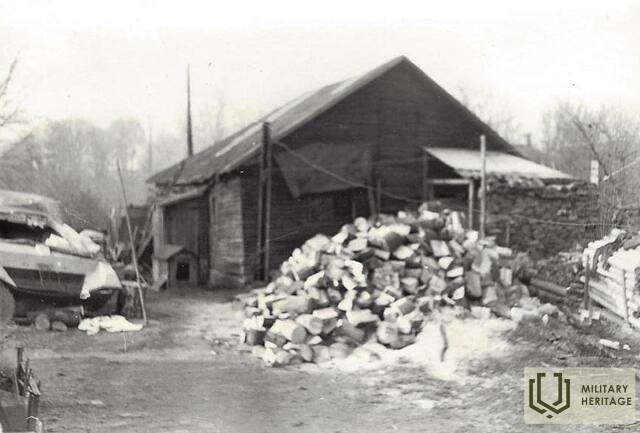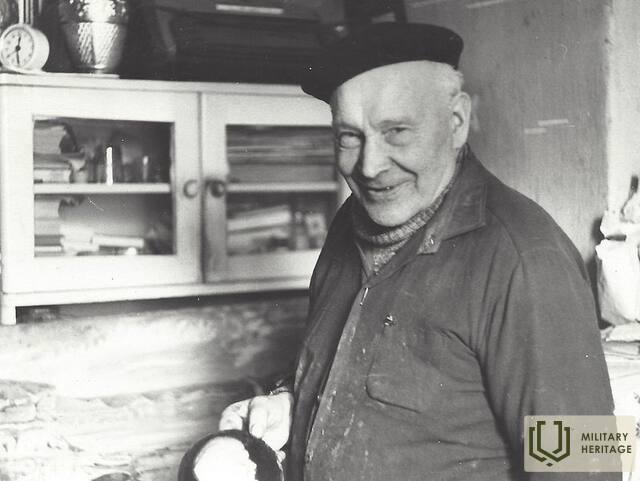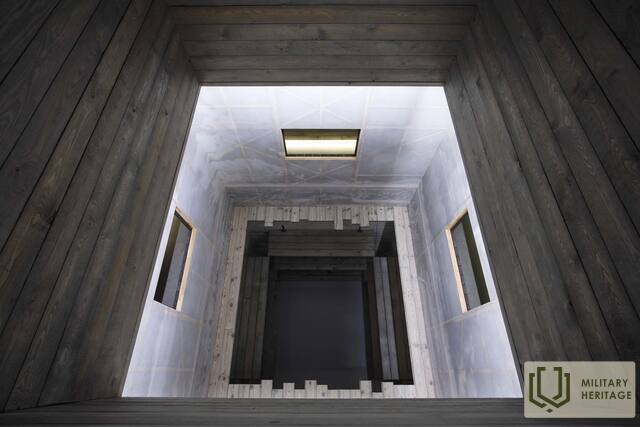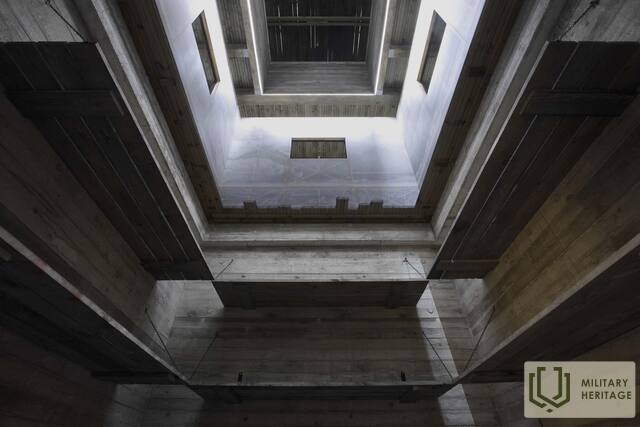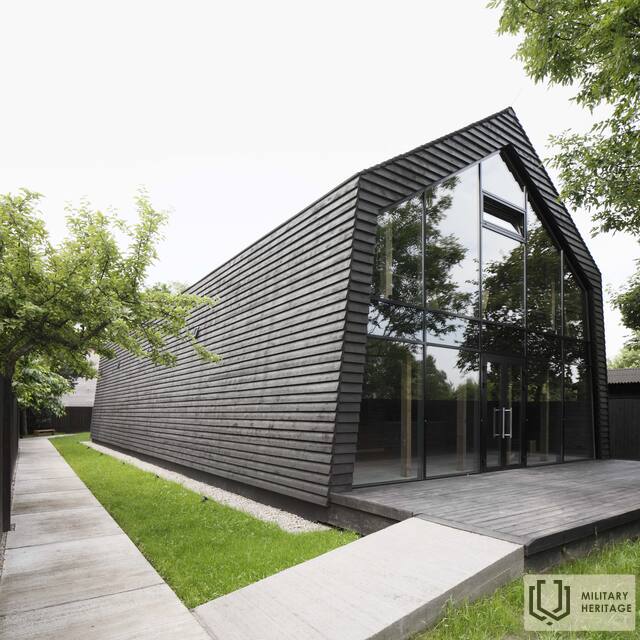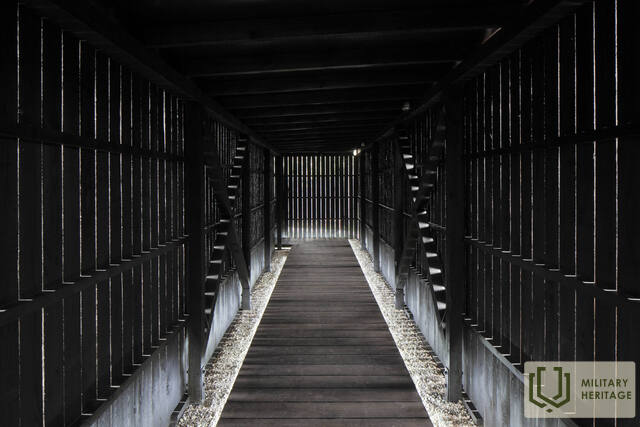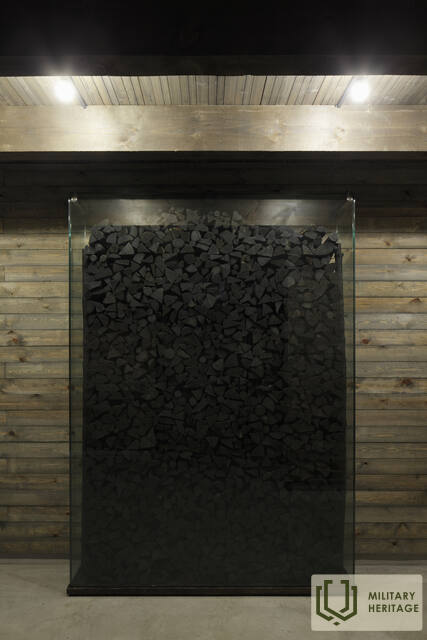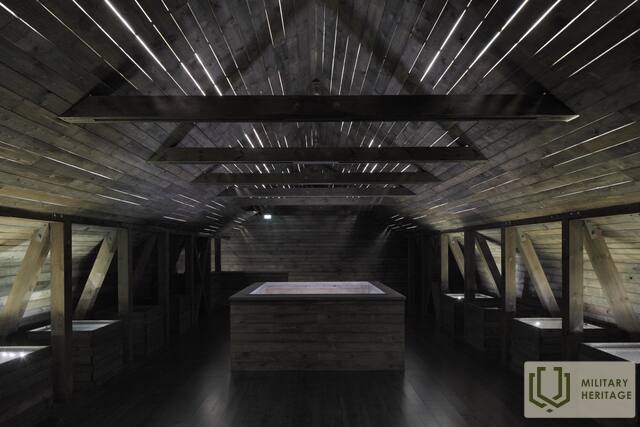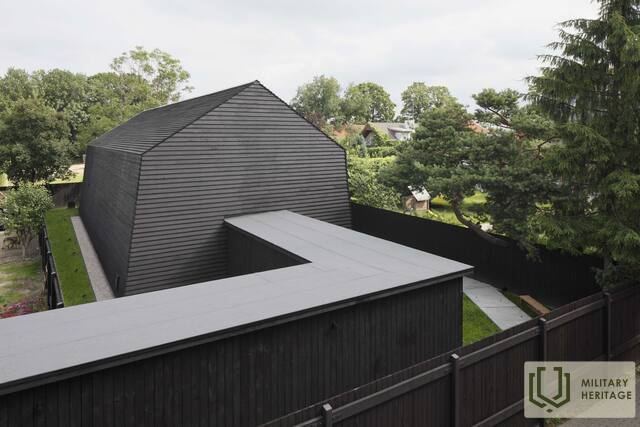Žanis Lipke Memorial Museum

The Žanis Lipke memorial is located in Ķīpsala, Riga. The Žanis Lipke Museum is probably one of the most hidden museums in Riga. The obscure location of the memorial is not a coincidence and it has a symbolic meaning. It has been set up in the location of a former underground hideout that was created to save people during the German occupation of World War II. Here Žanis Lipke and his family rescued 55 Jews. Nowadays a memorial has been built next to the Žanis Lipke family house. The memorial ‘Black Shed’ is a symbolic building where shelter was provided and received. The design of the building has been taken from the historical tarred huts of Ķīpsala fishermen and sailors. These huts were built using materials from barges; hence they had a very distinct colour and tar smell. But not only the story of this historic place is unique. The way the museum communicates its message is also quite notable. The overall design has similarities with the Noah’s Ark described in the Bible, and it also resembles a boat that has been pulled ashore and overturned – a boat that has fulfilled its task. The concept of this memorial draws from the historic accuracy of this place and story and the testimonies associated with it. It is a story of a desire for freedom, unbelievable escape and trust. On your way to the museum, you’ll also be able to see the historic buildings of Pārdaugava.
Used sources and references:
The official website of the Žanis Lipke Museum. Available: https://lipke.lv/muzejs/par-memorialu/ [accessed 1.03.2021].
Dribins, L. Ēbreji in Latvia (Second updated edition). Riga: Elpa, 2002.
Related stories
Memories about Žanis Lipke
The Soviet occupation was followed by the German occupation. The Nazis committed crimes against the people of Latvia. One such ethnic group was the Jews. Initially, ghettos were established, but then the extermination of the Jews followed. Many Latvians saved Jews from extermination. One of them is Jean Lipke.
Riga ghetto and the Holocaust
Three fragments of the stories of different people's memories have been deliberately chosen, which allows us to look more closely at the Holocaust crime from different points of view.




